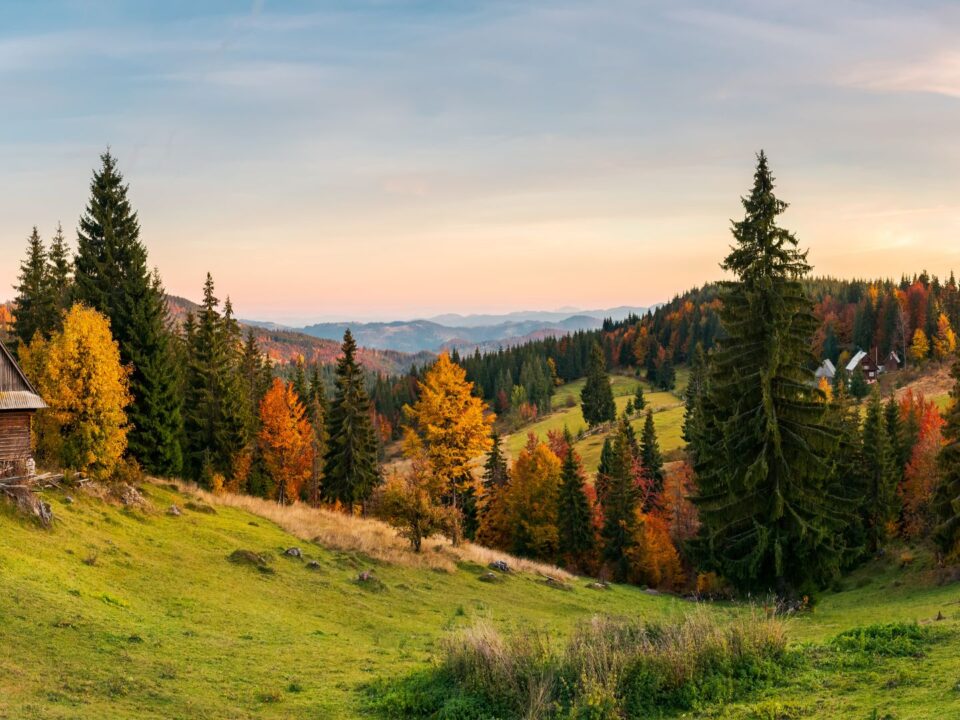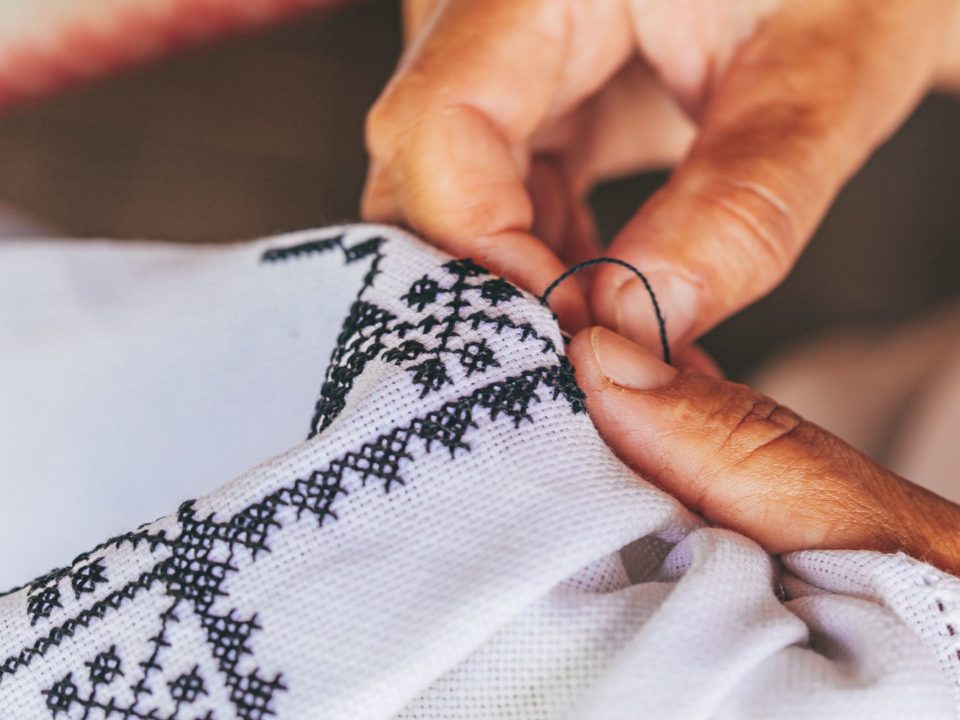Sighisoara: Here there be vampires
April 29, 2014A Bulgarian traveler’s Romanian stereotypes
May 29, 2014After an eventful run through Transylvania, it is time I head southeast and towards the big whopper of my journey. I am talking, of course, about Bucharest, the “Paris of the East”.
City of joy

The Triumphal Arc on Kiseleff Road. In its modern form, it beautifies Bucharest since the 1930s. (Source)
The origin of the name “Bucharest” (“București” in Romanian) is uncertain, but the root “bucur” means “joy”. A recorded settlement since Antiquity, Bucharest carries its current happy name for at least six centuries now – and it lives up to it, too! Its vibrant cultural and political life earned it its nickname: the “Paris of the East”. Many Eastern European cities compete for that prestigious title, but Bucharest is the one which truly walks the walk.
It is home to just under 1.9 million inhabitants, while its metropolitan area bulges up to 2.2 million. It grew organically in two big waves around the 1870s and the 1970s-80s. A lively urban center with a long history, Bucharest continues changing its face even today. The lavish classical architecture of the late 19th and early 20th century co-habitates with Bauhaus, Art Deco and plain communist high-rises and square designs.

The Izvor District in downtown Bucharest illustrates the eclectic architectural face of the city. (Source)
I must say that, by the looks of it, Bucharest will offer me a serious deja-vu experience. My hometown of Sofia, just a few hundred kilometers southwest, has gone through a very similar urban development. (They are also sister cities.) I cannot wait to make the live comparison on the ground!
City of artists
Besides its political, economic, and logistical importance, Bucharest is primarily a city of the arts. If your knowledge of Romanian culture and music starts and ends with “Dragostea din tei”, book your flight at once! You’re in dire need of education.

The Romanian Atheneum, built in 1888, is a landmark concert hall in Bucharest. (Source)
For starters, the Atheneum in the city center hosts a number of refined classical music events where I hope to catch the National Radio Orchestra – Romania’s finest classical performers. The George Enescu Festival also takes place at the venue in September each year. It is a classical music competition which honors the prolific Romanian composer.
I am equally curious about how modern Romanian music is developing, of course. Bucharest was a hip-hop hotbed in the 1990s, and many acts which rose to fame then still reign the national R&B scene. Techno and electronica are very widespread, as is the traditional Oriental-style pop music which the local calls “manele”. I think I will skip that one in favor of the many jazz and blues clubs which have been rising in prominence since the early 2000s.
City of life
Bucharest’s nightlife, culture, and entertainment are not consolidated in one strip or district. Rather, they are sprinkled around the whole city’s area and make every walk an adventure and an exploration with guaranteed results. Still, there are certain spots with higher concentration of culture and fun, like Lipscani and Regie.

The Lipscani District in Bucharest is home to many restaurants, bars, and shops. (Source)
The two neighborhoods will also satisfy my culinary cravings with excellent Romanian and international cuisine. Historically, they have been sites of cultural and commercial interest since the 17th century already. The present-day shopping districts and universities there have encouraged their development into world-class restaurant, bar, and entertainment districts. Can’t wait to explore!
***
I have been frank about my affection for big cities, and I am very excited about visiting Bucharest, the Romanian capital which is bound to evoke many comparisons with my own hometown. Deja-vu or not, I am sure it will be a magical first experience.




